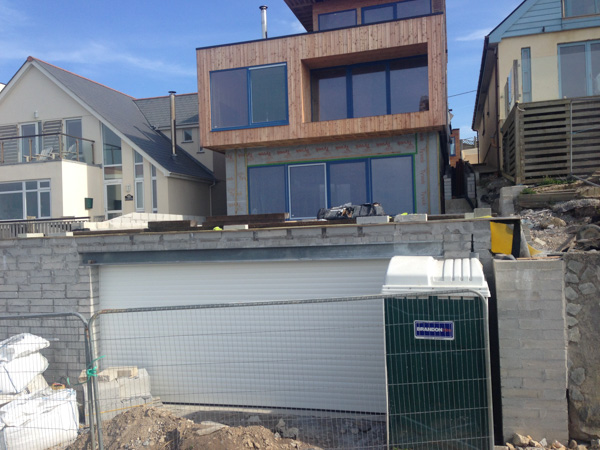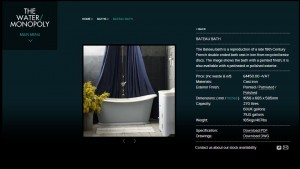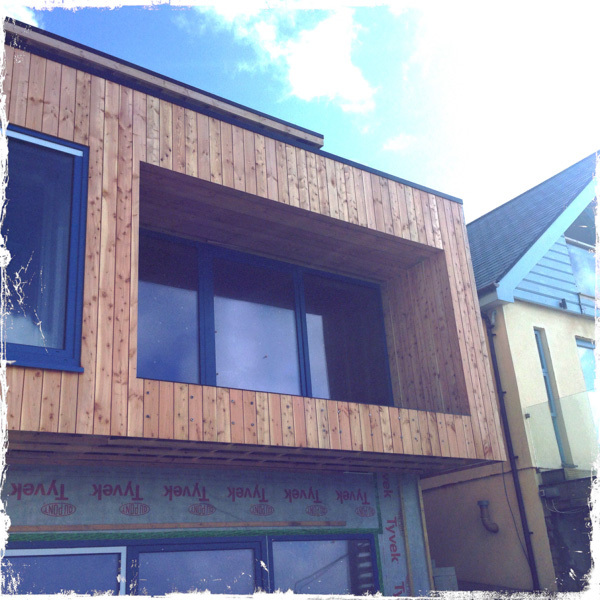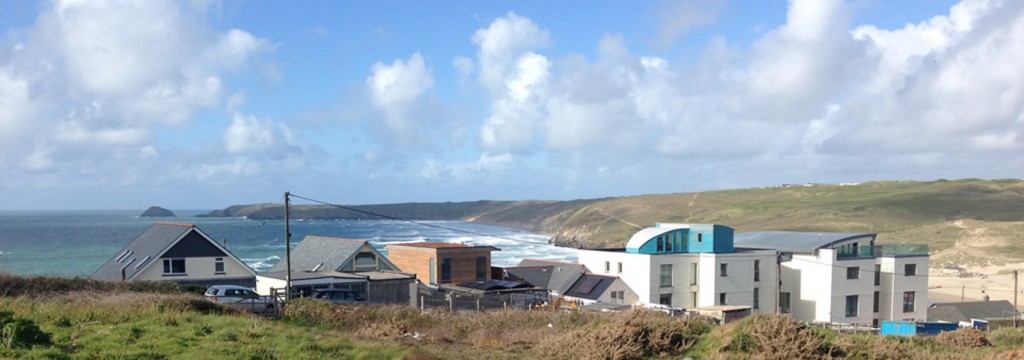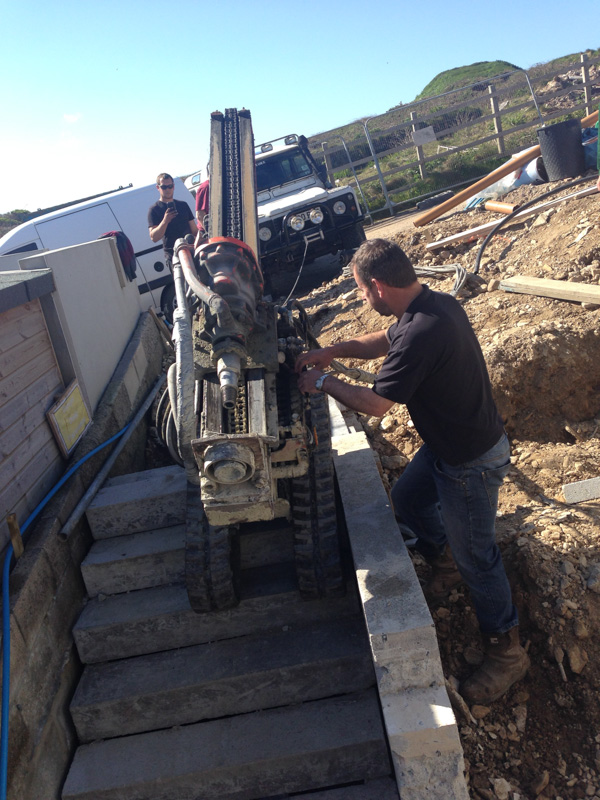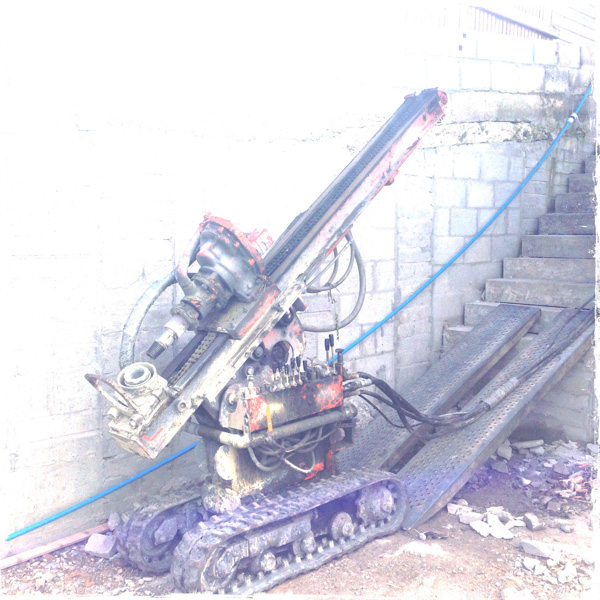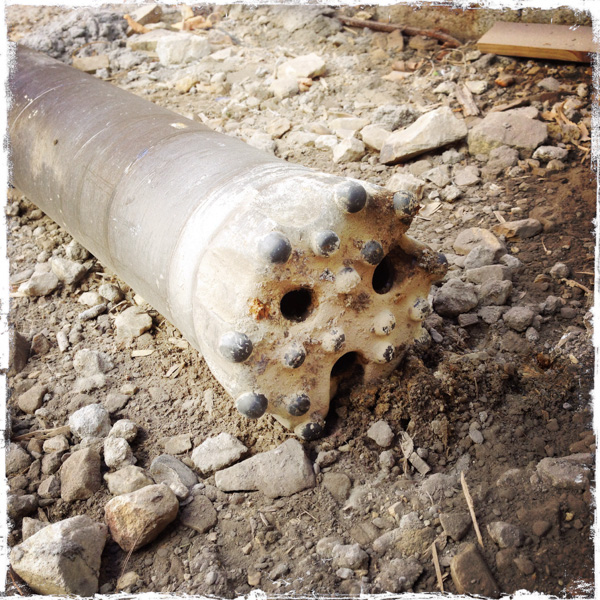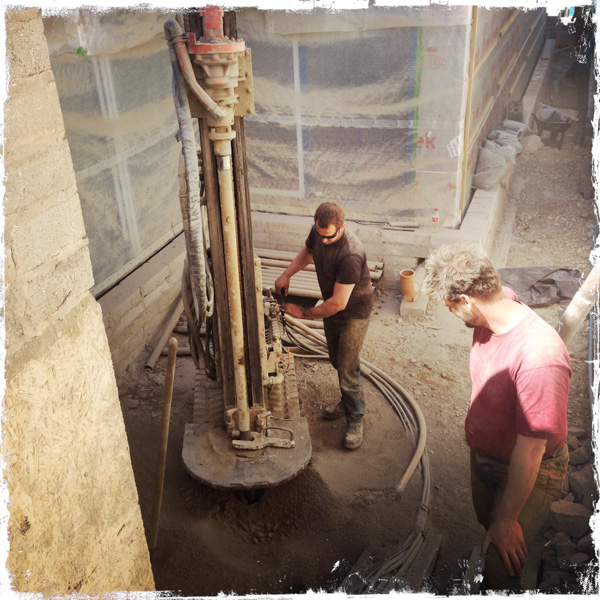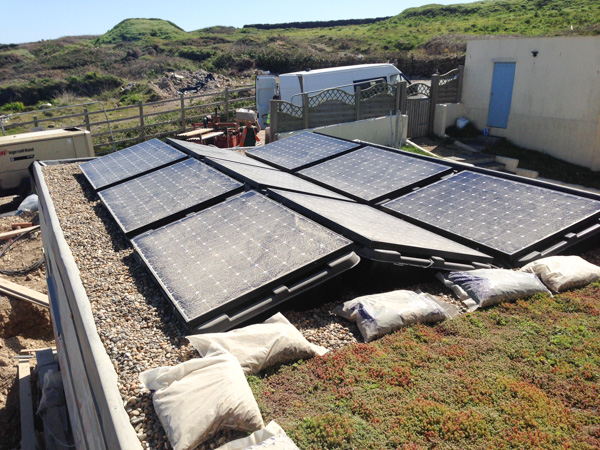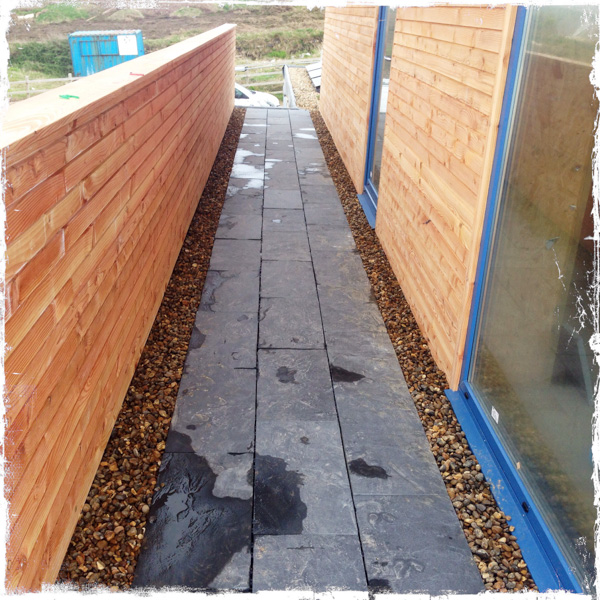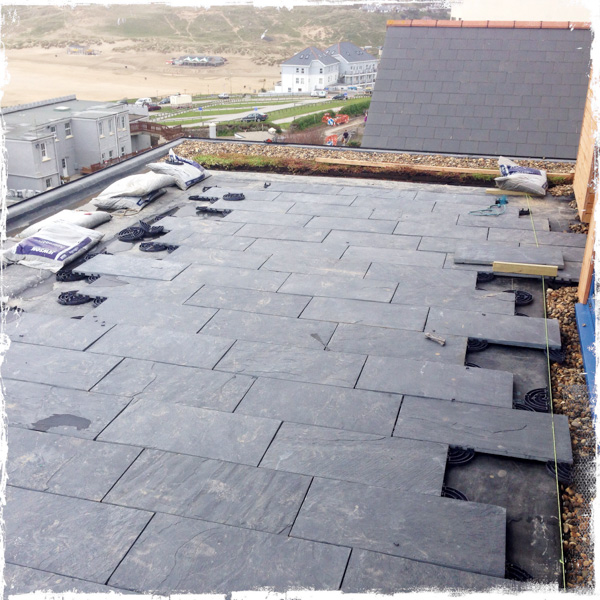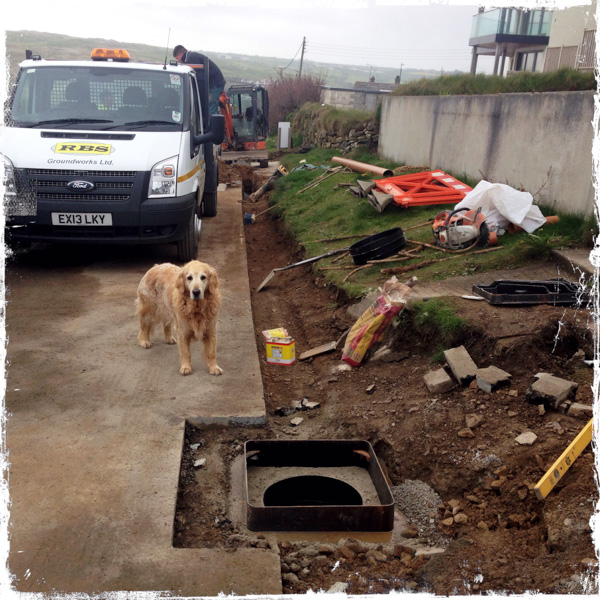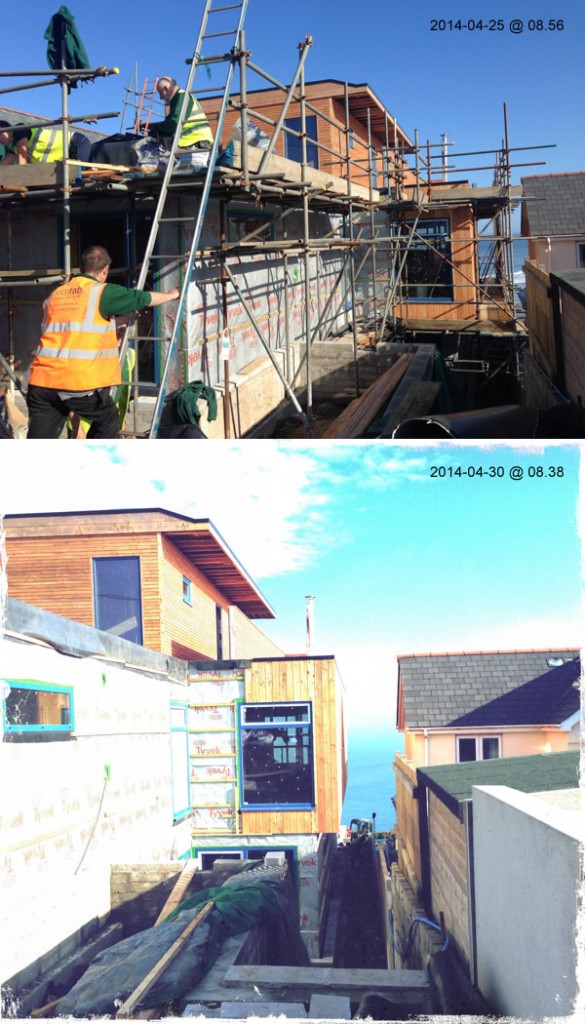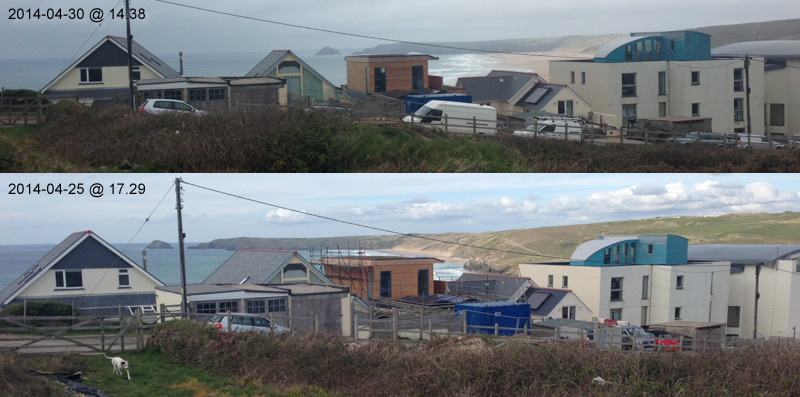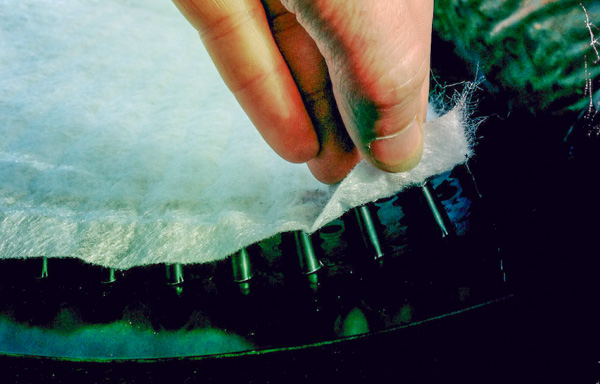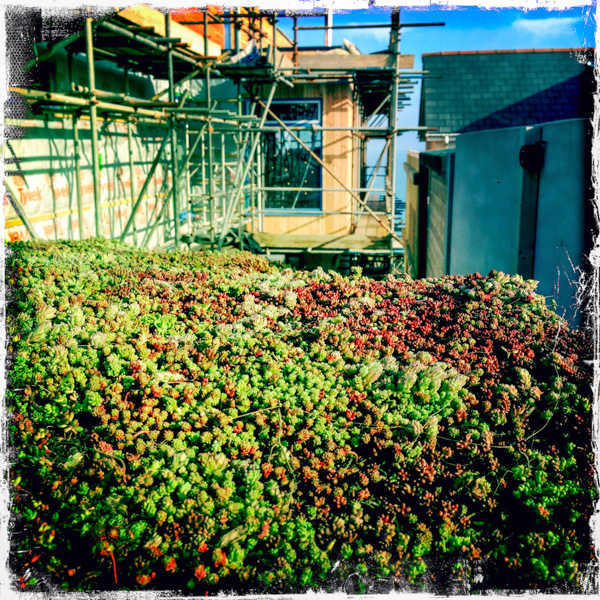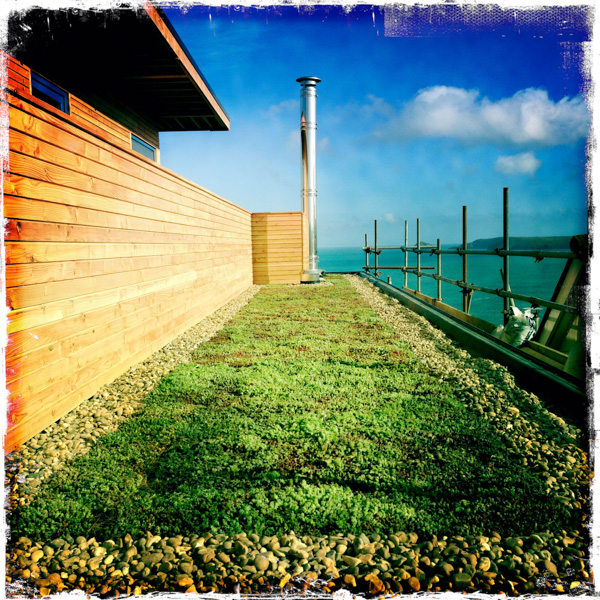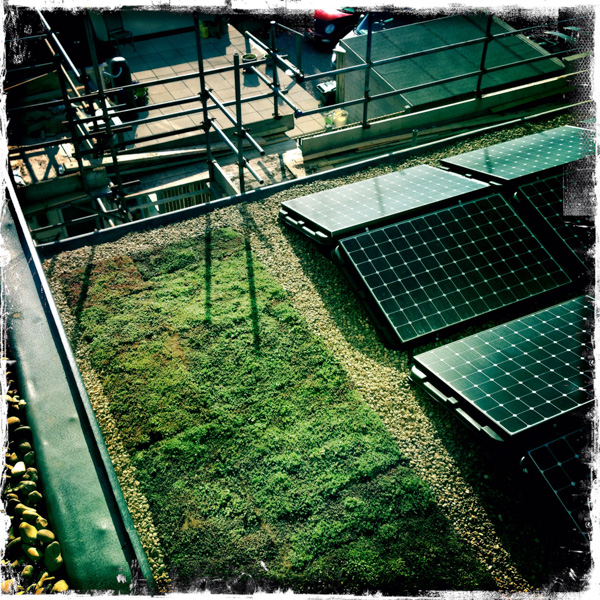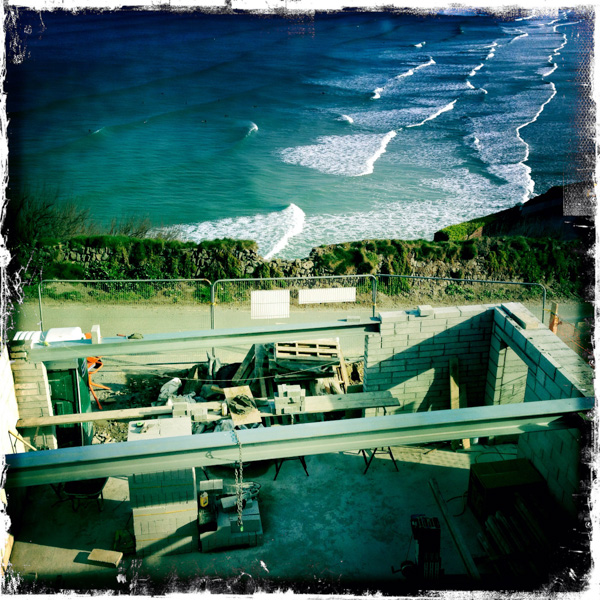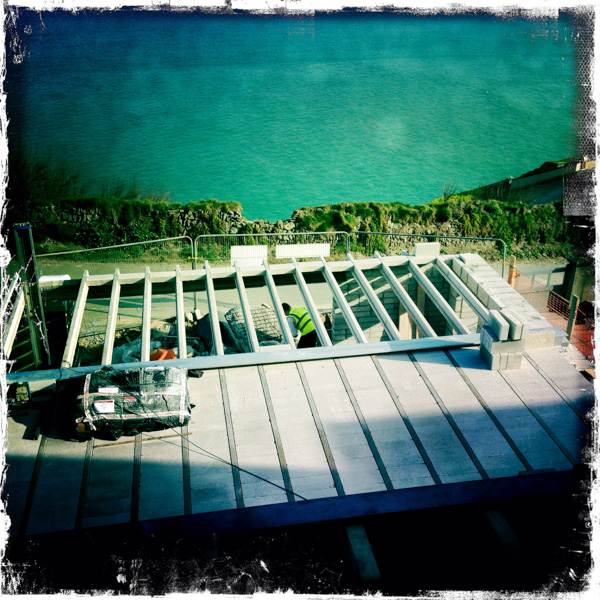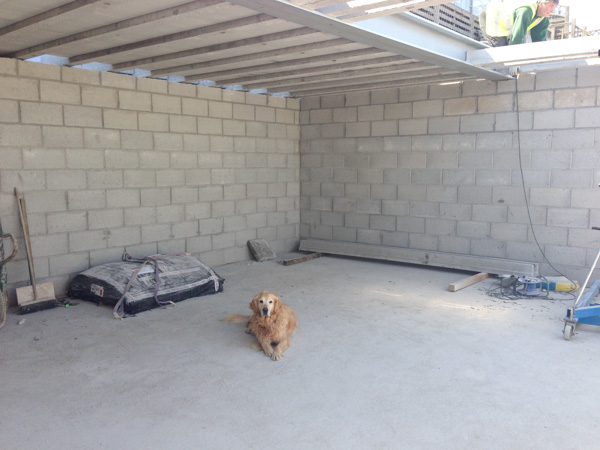There seems to be a new entrant to the market for setting it up so that if your house solar panels (PV) are generating more electricity than the house is using, this gets auto diverted to an immersion heater to heat up your water.
So you use the water tank as an energy battery of sorts.
In the UK, you get paid via the Feed-In Tarriff system if you export to the grid or not. Plus a rate for what you do export, but that is a lot less than the rate at which you buy electricity if you need to. So these systems are said to save around £300 a year.
- http://www.immersun.co.uk/
£350 from http://www.biggreentechnology.com/green-energy/immersun-free-hot-water-from-solar-pv/immersun-free-hot-water-from-solar-pv.html?source=FroogleForum discussion about this at http://www.greenbuildingforum.co.uk/forum114/comments.php?DiscussionID=10577&page=1#Item_0
- Powerdiverter.com, apparently £399 with “free UK delivery, wireless and easy to install.”


